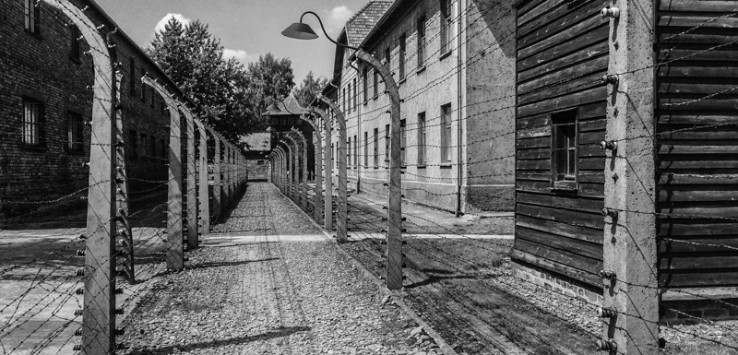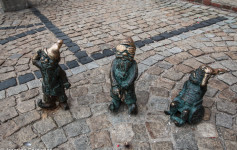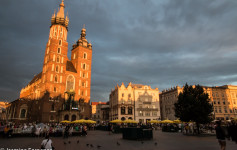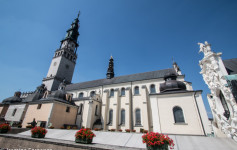As we walked into the room Mum grabbed my hand and my eyes welled up with tears. I didn’t look at her. I knew if I did that the tears would overflow and I’d be a blubbering mess. We’d just walked into the ‘room of hair’ in Auzchwitz. A display case ran the length of the room on the right, and within it, about 2 tonnes of hair. The hair of 140,000 people, shaved from their heads after they were killed in the gas chambers. We didn’t let go our hands until we’d left the room.
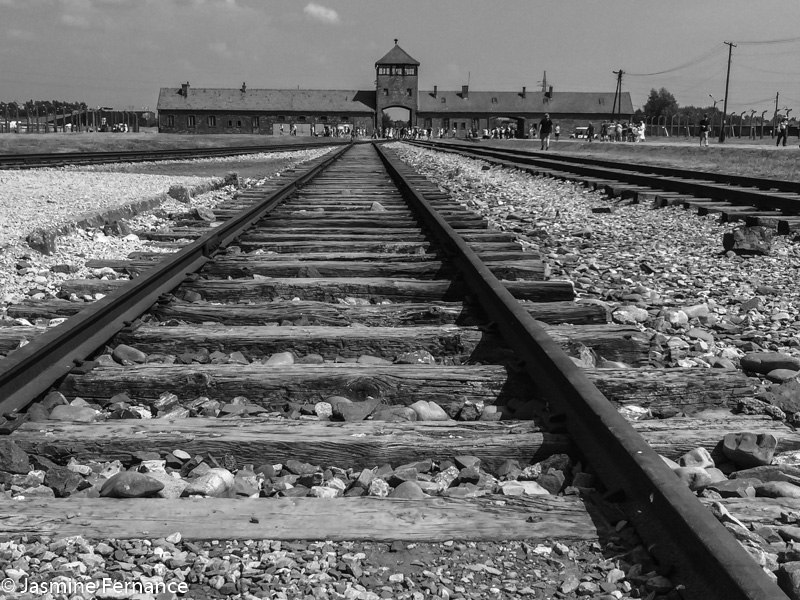
I’ve visited sad, tragic, places before. Hellfire Pass, where a horrendous number of prisoners of war perished while being forced to build the Thai-Burmese railway. Gallipoli, an important reminder of the utter futility of war and of special significance to me as an Australian. Tuol Sleng and the killing fields in Cambodia, where I gained an understanding of Pol Pots tyrannical regime and just how cruel human beings can be to one another. Auzchwitz reinforced this. I thought I knew the details. But nothing prepares you for the actuality of it. Seeing the hair, the shoes, the suitcases, spectacles, prosthetic limbs from Polish WW1 veterans, and the children’s belongings. The thought hits you like slamming into a brick wall, ‘ how could human beings do this? How could they be so evil?’ How could this be done collectively?! So why do I, and millions of others (over 1 million people visit Auzchwitz each year) continue to visit these awful, sad places?
For me there are three main reasons I go to these places. To understand why a country or culture is the way it is today, you have to understand its past. It cannot escape anybody visiting Cambodia that the country is still largely affected by the atrocities perpetrated by the Khmer Rouge. During my recent visit to Laos I learn that over 100 people each year are still injured/killed by unexploded ordinance which was dropped by the US during the ‘Secret War’.
I also believe that the more people see and understand what happened at these places, then we stand a better chance of these atrocities never being repeated. What we learn in school is a fraction of the truth, and at a young age we barely take it in. As an adult, reading books, histories and biographies of people who were there also helps to cement that knowledge. Finally, visiting and seeing, although painful, is necessary to fully comprehend.
Finally, I visit these sad places to honour those who perished there. In each of these places there are memorials dedicated to the dead. They should never be forgotten.
